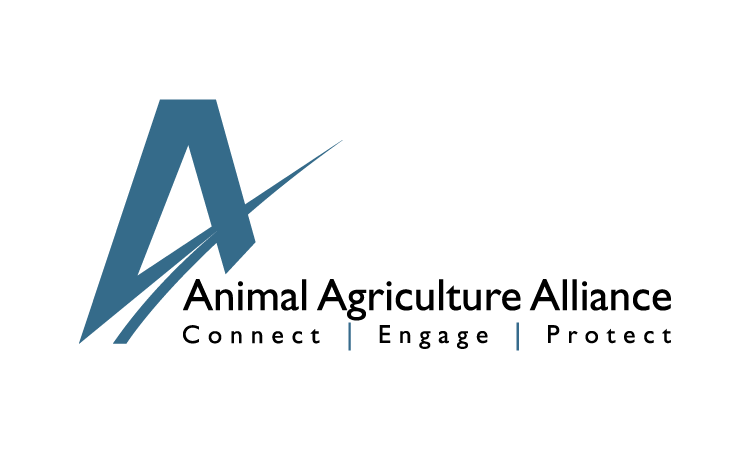The true impact of animal agriculture on the environment
A famous proverb states “we do not inherit the earth from our ancestors, we borrow it from our children.” The global population currently comprises over seven billion people and is predicted to rise to over nine billion by the year 2050 (U.S. Census Bureau, 2000). We will not have any extra land, water or fossil fuels in the future, indeed, we will have fewer resources for food production as the population increases, due to competition for housing and urban development. The question therefore arises as to how we should ensure that our children and grandchildren have the same access to food that we currently enjoy?
Many activist groups opposed to animal agriculture contend that we should adopt a vegetarian or vegan diet in order to “save the planet”, however, these claims are often based on inaccurate calculations. In 2006, the Food and Agriculture Organization of the United Nations produced the report “Livestock’s Long Shadow”, which stated that livestock contribute 18% of global greenhouse gas (GHG) emissions (FAO, 2006). Although this statistic seemed to support the suggestion that we should eliminate meat from our diets, the report was soundly debunked by Pitesky et al. (2009), and the FAO authors subsequently admitted that the 18% figure was an overestimate (Black, 2010).
In the USA, we consume an average of 1,221 lb of animal-source foods (including milk, meat, fish and eggs) per year (FAO, 2013), yet claims for a significant reduction in GHG emissions through reduced meat consumption appear to be over-exaggerated. The US Environmental Protection Agency (EPA) reports that meat production contributes 2.1% of annual GHG emissions (US EPA, 2012). If all of the USA’s 314 million inhabitants removed meat from their diet for one day per week, the annual reduction in national GHG emissions would be equal to 0.30% (Capper, 2013b). Population-wide reductions in meat consumption would also require additional sources for the many by-products from animal agriculture, including leather, fertilizer, fats, fibers and pharmaceuticals….
Category: Key Issues
Tag: Environment, Report, Sustainability,
